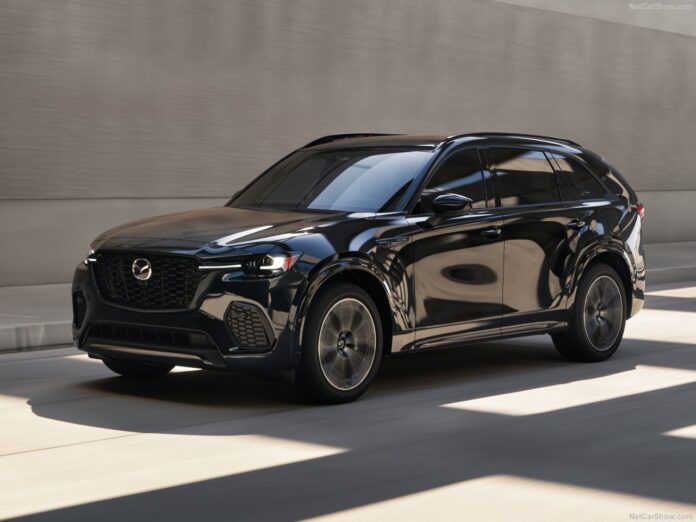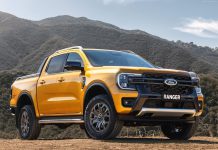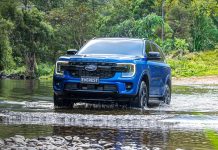Australian Vehicles Market in 2025 keeps stagnating. YTD sales up to September gained 0.7% while EVs dropped 5.4%. BYD was the standout, climbing 9 spots into 8th while surpassing Tesla as EV leader.
Economic Environment
Brand-wise, the leader was still Toyota with a 19.9% share (-1%), followed by Ford in 2nd with 7.8% (-4.9%), while Mazda ranked 3rd with 7.7% (+4.4%).
In 4th place Kia (+0.7%), followed by Hyundai -up 1 spot- in 5th (+8.4%) and Mitsubishi -down 1 spot- in 6th (-16.4%).
In 7th place Great Wall climbed 3 spots (+23.7%) ahead of BYD -up 9 spots- in 8th (+149.8%), Isuzu -down 1 spot- in 9th (-15.3%) and MG -down 3 spots- in 10th (-9.8%).
Looking at the top selling models, widely reported in the dedicated article, the leader was the Ford Ranger (-13.1%) followed by the Toyota Hilux (-3%) and the Toyota RAV4 (-18.8%).
EV Market Trend and Outlook
The Australian EV market posts mild growth, with a 5.4% increase up to September 2025 and a share of about 7% of total sales.
Still, Australia’s EV market is underperforming compared to Europe and China, showing how more government support is needed to encourage EV adoption, which remains low despite increasing supply.
BYD became the new leader, growing 58.9% and securing a 35.6% share of the market. Tesla dropped into 2nd, losing 26.7% while Kia, with major gains of 131%, ranked 3rd.
Medium-Term Market Trend
Over the past decade, the Australian vehicle market experienced notable fluctuations. Starting with 1 million registrations in 2014, the market grew about 6.9% between 2014 and 2017 when it totaled 1.16 million sales. This growth was driven by a strong preference for SUVs, which reached a market share high around 2016.
Starting from 2018, momentum slowed down, with sales dipping to 1.153 million units. The onset of the COVID-19 pandemic in 2020 caused further downturn, with sales dropping by 13.8% to 890,000 registrations. Factors such as temporary closure of manufacturing plants and disruptions in distribution networks exacerbated the crisis.
The market began to recovery in 2021, surpassing the 1 million sales mark with a year-on-year growth of 15.1%. This rebound was fueled by pent-up demand and government incentives aimed at stimulating the economy. The upward trend continued, culminating in decade-high figure of 1.19 million units in 2024, with a 1.9% increase from the previous year.
The Australian EV sector has undergone significant growth. From 2014 to 2018, EV sales increased by 123%, reflecting growing consumer interest in more sustainable options. The pandemic-induced contraction in 2020 saw a 93% year-on-year growth reduction. Nevertheless, the EV market rebounded impressively in 2023, with sales more than doubling, driven by improved charging infrastructure, a broader range of affordable models, and continued government support. In 2024, EV sales stabilized around the 77k threshold, with a 2% growth from the previous year. This stability underscores the increasing consumer acceptance and demand for electric vehicles in Australia.
Tables with sales figures
In the tables below we report sales for all Brands, top 10 Groups, and top 10 Models.











